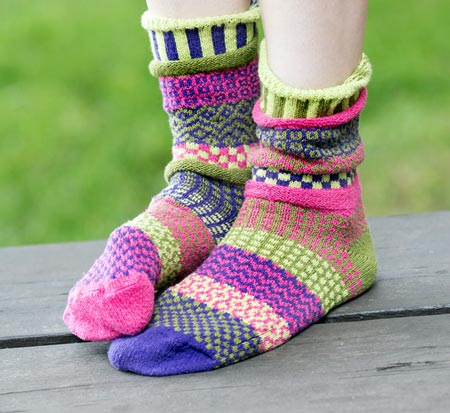 If your hands and feet are cold when the rest of you is warm, they are sending you pretty strong signals.
If your hands and feet are cold when the rest of you is warm, they are sending you pretty strong signals.
These signals may be an early indicator of potentially serious blockages in peripheral blood vessels in your arms and legs.
“We don’t see this very often, but when we do we are concerned about poor circulation,” said Marshfield Clinic Cardiologist Dr. Craig Santolin. Much like the coronary arteries near the heart, peripheral vessels are also prone to narrowing because of buildup of plaque in the artery walls. Fortunately, this condition can often be reversed, but you have an important role to play.
Lifestyle changes can help alleviate symptoms
“Our recommendations are to get your risk factors under control,” he said. “If you smoke, quit. If your cholesterol levels are high, get them under control. And if you are sedentary, start walking or doing other exercises after consulting your doctor.”
Exercise might seem the most daunting to anyone who has been inactive for years. In extreme situations, muscles in your legs can be starving for blood, causing a sharp pain in the calves and skin discoloration. Most people can stop the pain just by stopping for a rest. But if you can’t walk and can’t stop the pain, it is a medical emergency comparable to a heart attack or stroke. You need to call 9-1-1 or other emergency number and get to a hospital.
Peripheral vessel issues are compounded for people with diabetes, who usually have other circulation issues.
Risk factors unrelated to lifestyle
Cold hands and feet can also be caused by:
- A congenital abnormality like a hole in the heart.
- A side effect to certain medications.
- A rare condition known as Raynaud phenomenon.
With Raynaud phenomenon, which occurs in only 3-5 percent of people, blood vessels can become severely constricted by a trigger, like exposure to cold air or water, or emotional or physical stress. The skin, in addition to being cold to the touch, has a pale white color due to virtually no blood flow. The skin typically becomes purplish-blue as a reduced flow of blood through the skin returns. When the vessel fully recovers, the skin may become very pink or red.
Santolin said recently-approved medications can treat peripheral arterial disease.
If you have questions, contact your physician for more information.


at night in bed my feet or very cold, i am 85 years old
I put socks on. That helps me warm my feet
And I can fall asleep .